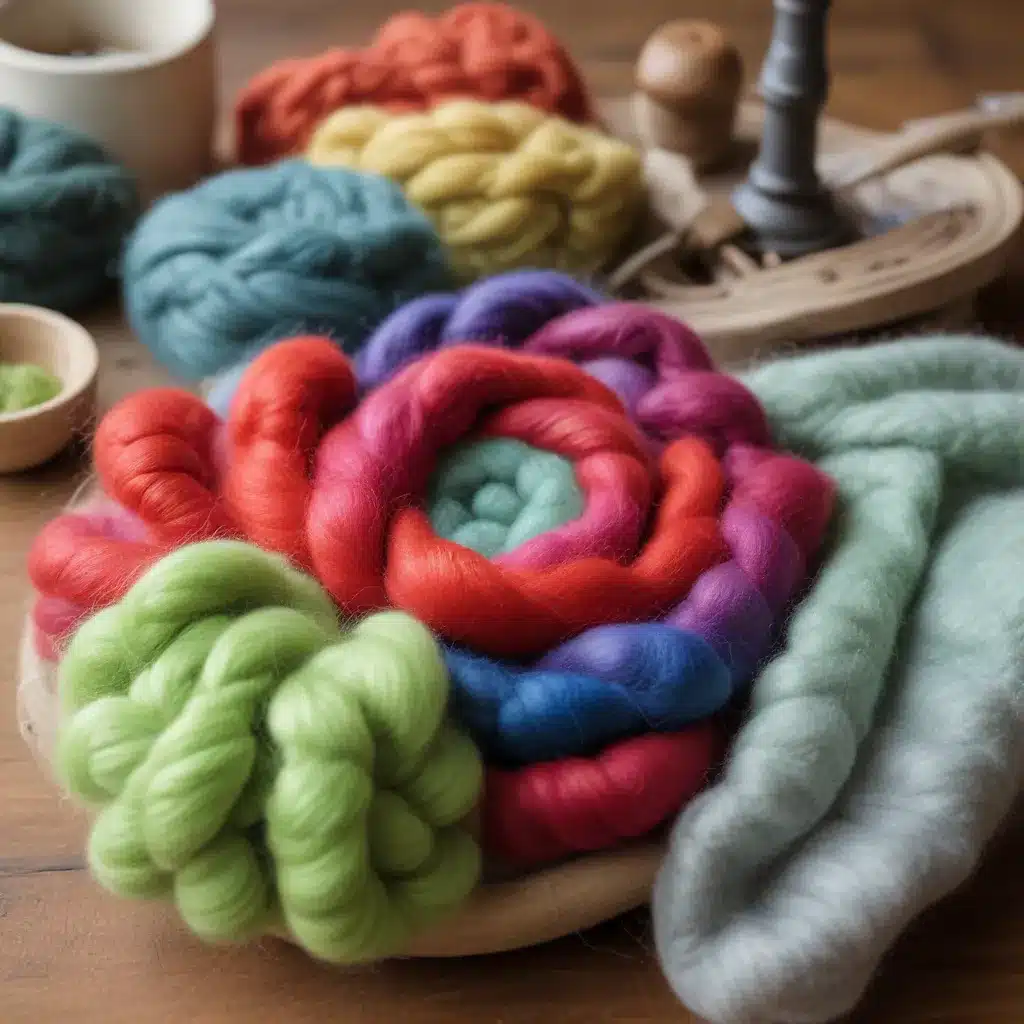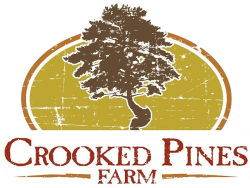
Wool is a remarkable natural fiber that holds a rich history in craft and textile production. At Crooked Pines Farm, we embrace the versatility of wool through a variety of engaging techniques – from the soothing art of needle felting to the rhythmic dance of handspinning and the timeless craft of weaving. Join us as we explore the wonderful world of working with wool!
The Magic of Felting
Felting is one of the earliest textile processes known to humanity, with roots tracing back thousands of years. This transformative technique harnesses the natural crimp and scales of wool fibers to create a dense, cohesive fabric. There are two primary felting methods:
Wet Felting
Wet felting involves agitating wool fibers in hot, soapy water, causing them to mat together into a desired shape or form. This technique allows for the creation of everything from functional items like slippers and bags to whimsical sculptures and wall hangings. The process is both rewarding and meditative, as you gently coax the fibers into your vision.
Needle Felting
In contrast, needle felting utilizes a barbed felting needle to interlock wool fibers without the need for water or soap. By repeatedly stabbing the fibers, the scales on the wool lock together, allowing you to sculpt three-dimensional forms from the material. Needle felting is a wonderfully accessible craft, perfect for beginners and experienced artists alike. It’s an excellent way to bring your creative ideas to life, whether you’re crafting playful animals, abstract shapes, or intricate floral designs.
Both wet and needle felting techniques produce a remarkably durable and versatile fabric, perfect for a wide range of projects. With a little practice and experimentation, the possibilities are truly endless!
The Art of Spinning
Another essential wool craft is spinning – the process of transforming raw wool fiber into continuous yarn. This centuries-old skill is both practical and profoundly satisfying, allowing you to create your own custom yarn for knitting, weaving, and beyond.
Fiber Preparation
The journey of spinning begins with preparing the wool fiber. This may involve scouring (cleaning) the fleece, carding the fibers to align them, and potentially combing to remove any remaining short or coarse fibers. These preparatory steps ensure a smooth, consistent spinning experience.
Spinning Techniques
Once your fiber is ready, you can begin the rhythmic dance of spinning. Traditional spinning methods, such as using a drop spindle or a spinning wheel, allow you to draw out the fibers and twist them into a strong, cohesive yarn. As you spin, you’ll develop a keen eye for adjusting the thickness, twist, and plying of your yarn to achieve your desired results.
Yarn Finishing
After spinning, your yarn may require additional finishing steps, such as setting the twist or plying multiple strands together. These techniques help stabilize the structure of the yarn and prepare it for your next creative project.
Spinning your own yarn opens up a world of possibilities, from experimenting with different fiber blends to creating unique color combinations. It’s a truly rewarding process that connects you to the long legacy of textile arts.
The Art of Weaving
The final wool craft we’ll explore is the timeless art of weaving. Weaving takes the yarn you’ve spun (or purchased) and transforms it into a cohesive fabric through the intertwining of warp and weft threads.
Loom Types
Weavers have a wide variety of loom styles to choose from, each with its own unique advantages. Rigid-heddle looms offer a simple, portable option for beginners, while multi-shaft floor looms provide greater versatility for more advanced weavers. Regardless of the loom, the basic principle of weaving remains the same: using a shuttle to pass the weft thread through the warp threads, creating a strong, durable cloth.
Weaving Patterns
As you gain experience, you can explore a vast array of weaving patterns and techniques, from classic twill and herringbone to intricate lace and jacquard designs. Each pattern offers its own visual interest and structural properties, allowing you to create truly unique textiles.
Finishing Techniques
Once your woven piece is off the loom, there are still a few finishing steps to consider. Fulling (also known as felting) can help to further strengthen and stabilize the fabric, while techniques like hemming and fringing can add a personal touch to your project.
Weaving is a deeply satisfying craft that connects us to the rich tapestry of human history. Whether you’re drawn to the meditative rhythm of the loom or the endless design possibilities, weaving with wool offers a truly immersive creative experience.
Exploring the Wonders of Wool
As you can see, wool is a remarkably versatile fiber that lends itself beautifully to a wide range of crafting techniques. From the satisfying snap of a felted bead to the soothing cadence of handspinning, each wool-based craft offers a unique creative journey.
At Crooked Pines Farm, we’re passionate about sharing our love of wool with our community. Be sure to check our events calendar for upcoming workshops and classes, where you can learn firsthand from our skilled craftspeople. Who knows – you might just discover a new favorite wool-working technique!
In the meantime, we encourage you to explore the world of wool crafting at your own pace. Experiment with different fibers, techniques, and tools to find what inspires you. And remember, the true joy of these timeless arts lies not just in the final product, but in the meditative process of creating it. Happy crafting, fellow wool enthusiasts!


